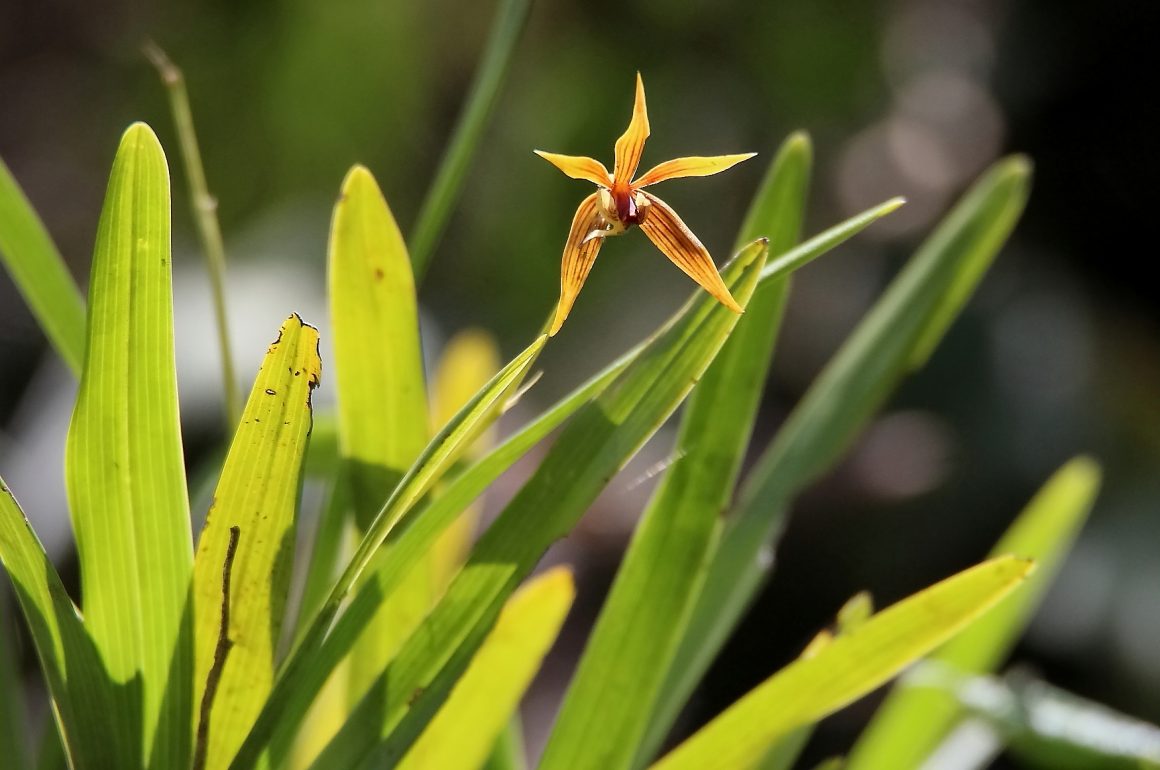
Sometime in my early teens (we’re talking the early 1970s here), my father and I had the exotic idea of giving my mother a white Phalaeonopsis orchid for her birthday. This was decades before such plants started turning up in every grocery and big box store in the U.S., so we had to go to a pioneering specialty nursery near San Francisco. My father had somewhere heard the incorrect idea that orchid flowers would bruise if you so much as touched them, and I still remember my nerves as I carefully gripped the pot all the way home.
My mother eventually came to own a whole herd of orchids, and I too have loved them ever since, although I never became particularly good at growing them. So I find it astonishing that I now live in an area where they can be found wherever I might look, growing all on their own. Two tiny species sprout from the ground every year on our church property meadow. The official state flower is an orchid; it is called the Flor de Muerto, because it blooms around the date of Mexico’s Day of the Dead. (I was given one once, and it does indeed bloom in my garden each year.) I can find a wide variety of both terrestrial and epiphytic orchids in the highland forests here, and no doubt could find many more in the state’s remaining coastal tropical forest. But I can also even find orchids blooming in the semi-desert thorn forests downhill from my home.
A couple of weeks ago, I went to a town just outside of Morelia, which I have called on this site “Hummingbird Heaven“. It is a fantastic site for these little birds once our summer rains end and the town bursts into bloom. I wanted to see if any hummers might have shown up already. They had not. Still, it was an enjoyable morning, with many resident species showing off, and even a couple of early migratory birds turning up.
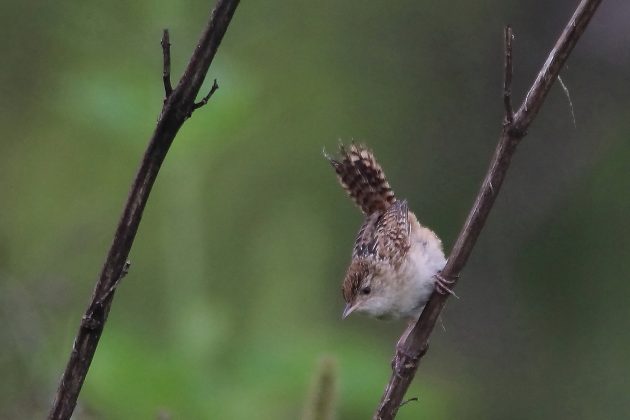
Grass Wrens are very special, hard to see birds. And ours can be found in the marshy grasslands right behind our nearest Walmart!
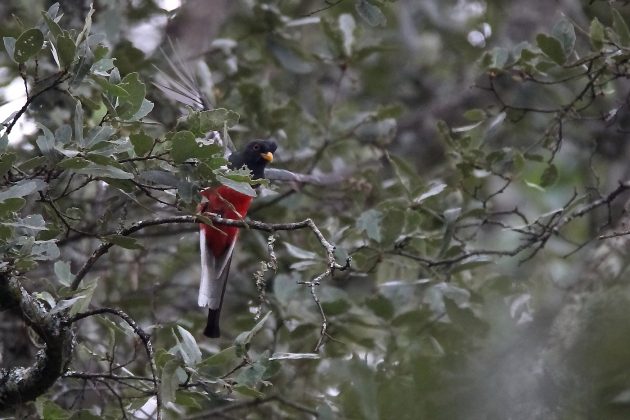
The Elegant Trogon is the one Trogon that just crosses the border into the southwestern U.S. But it also is a much more difficult catch here than the more common, and quite similar, Mountain Trogon. So I was very happy to see this one.
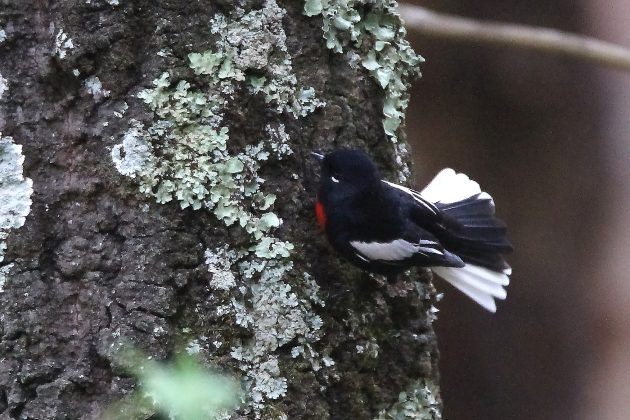
The Painted Redstart is a lovely resident warbler which favors oak trees.
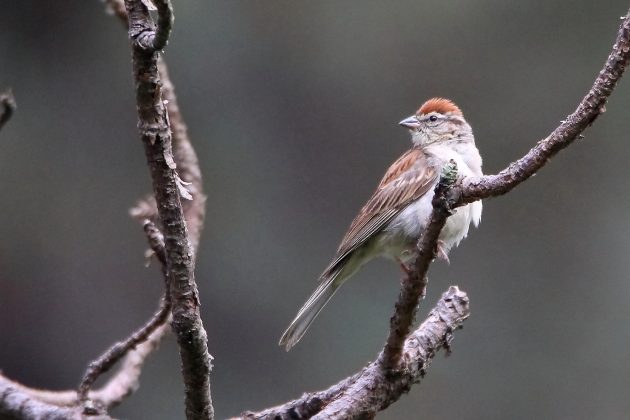
And the Chipping Sparrow is our most important resident sparrow.
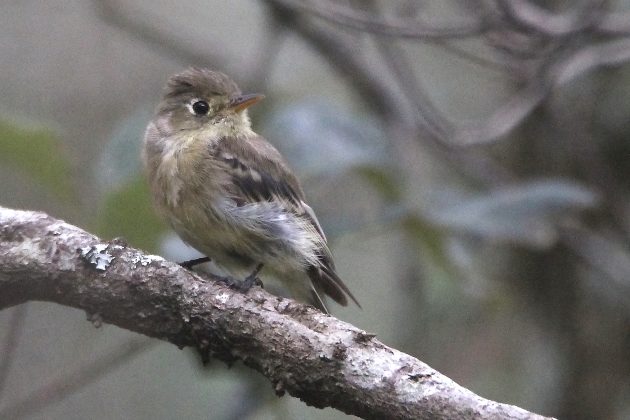
The Pine Flycatcher is a member of the very difficult Empidonax genus. Fortunately, it is one of only a handful that are present here in summer, and that all-orange lower bill is distinctive.
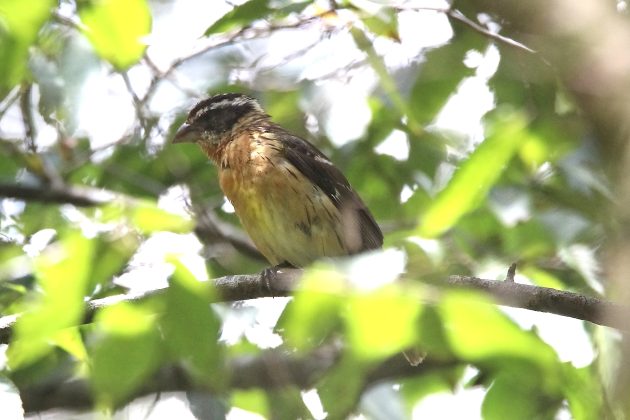
a female Black-headed Grosbeak
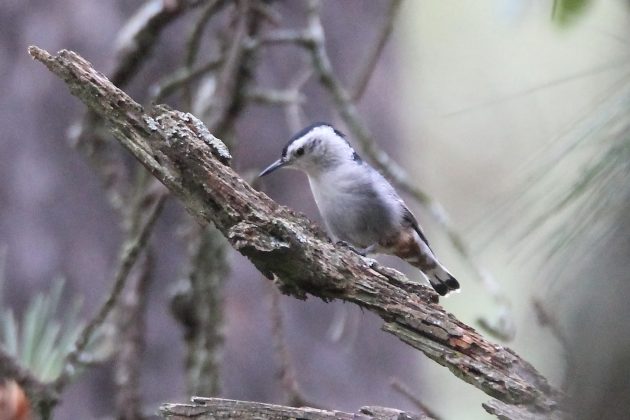
I cannot resist a good Nuthatch, in this case, White-breasted.
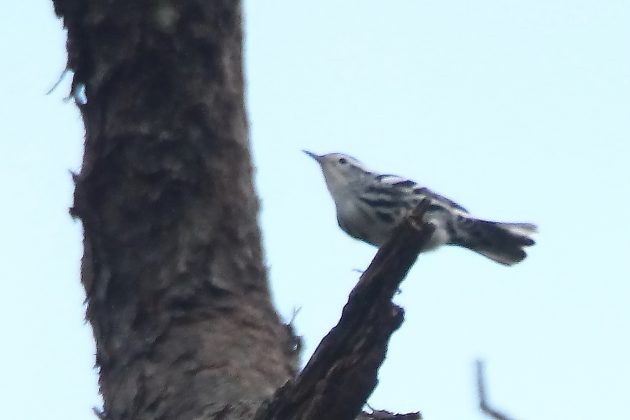
It is not very surprising to see a Black-and-White Warbler early in the migratory season.
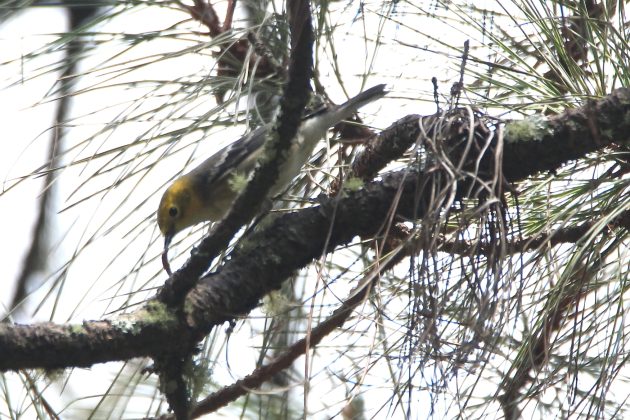
However, to see a Hermit Warbler this early is surprising.
Still, the day had been a bit slower than some. So I decided to do a bit of exploring and went beyond my usual route, along a path that turned out to drop down and cross the stream that I usually only see from above. And that was where I discovered something: The oaks along this stream were festooned with an amazing number of orchid plants.
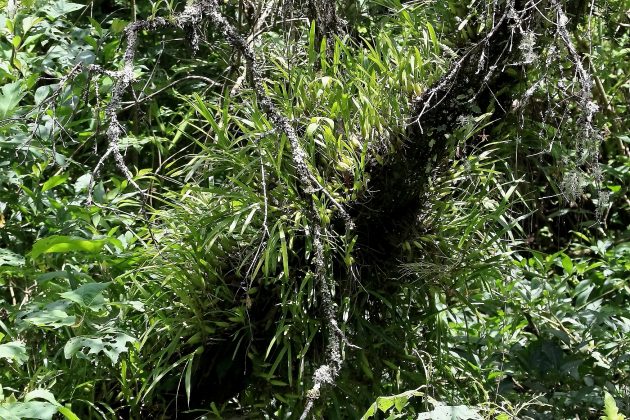
They didn’t have the showiest of blooms, and most of the spectacle was due to the sheer amount of biomass hanging on these oak branches. Some even hung far below the tree branches in strings of orchid pseudobulbs.
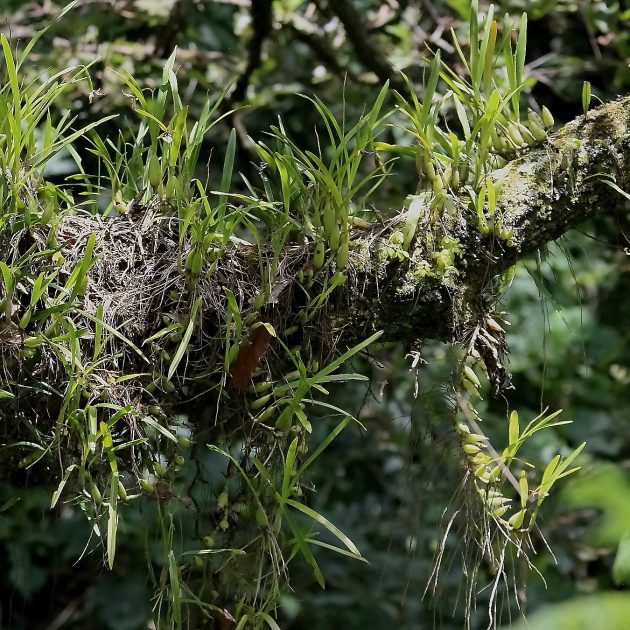
And yet, there were also blooms, little subtle jewels of blooms.
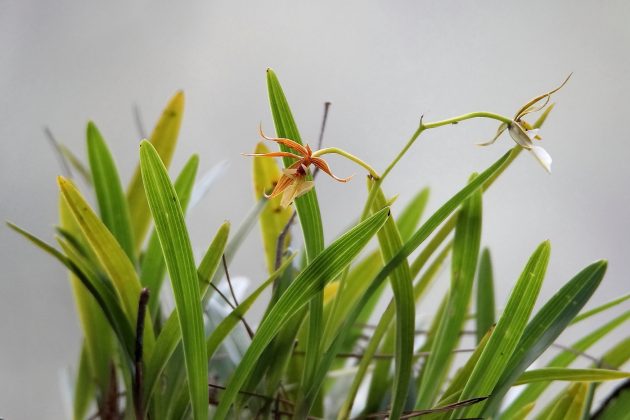
Several times the brightest colors of all came from orchid leaves turning the brightest of red colors.
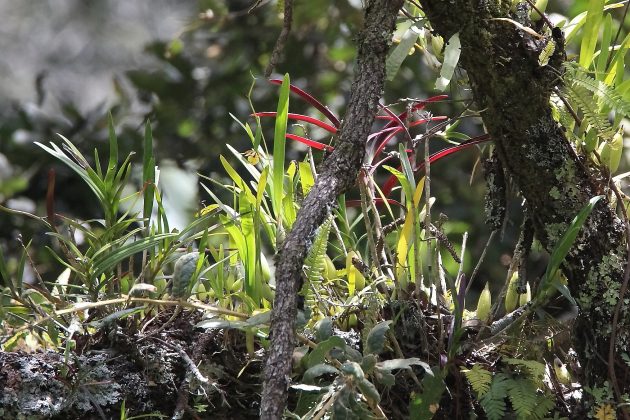
I was particularly happy to see a Tulip Orchid (Prosthechia citrina), even though it was not yet blooming. This delightful local orchid has a rich lemon scent, and is often poached for sale at local open-air markets. So it was good to see one growing in the wild, a first for me.

Those flower buds will soon look like these (photo by my friend Ignacio Torres):
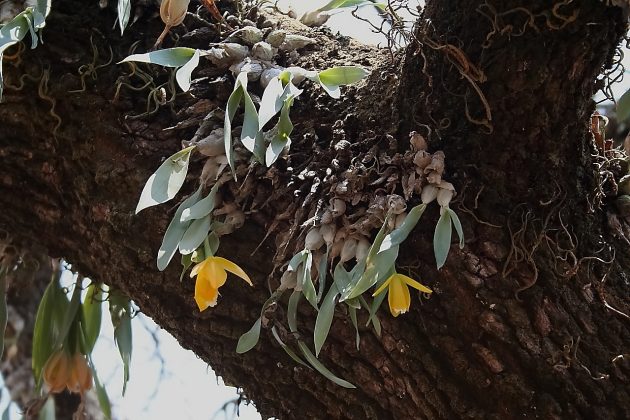
There were even a couple of good terrestrial orchids blooming that day. The first was a tiny gem only a couple of inches tall.
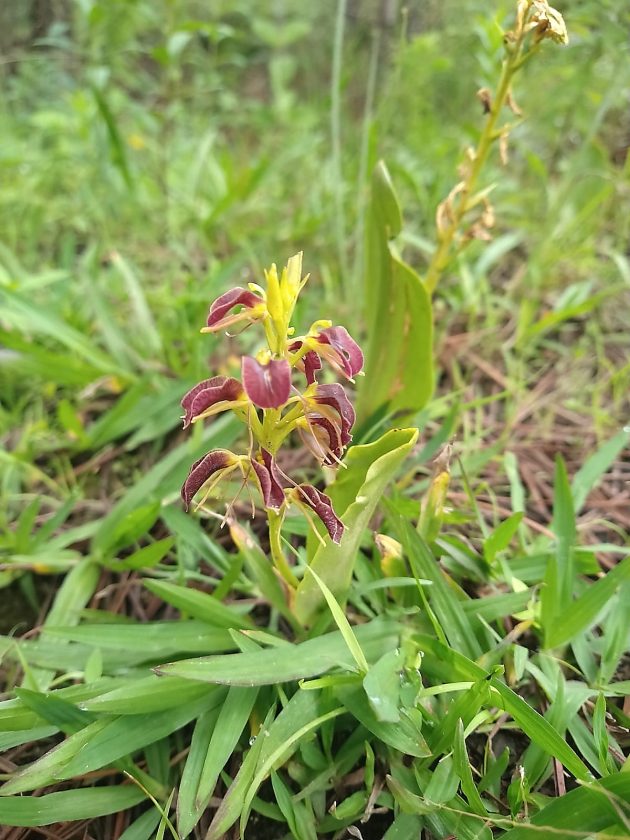
The second is the above-mentioned orchid which can often be seen along roadsides. Instead of growing two inches tall, it grows two feet tall.
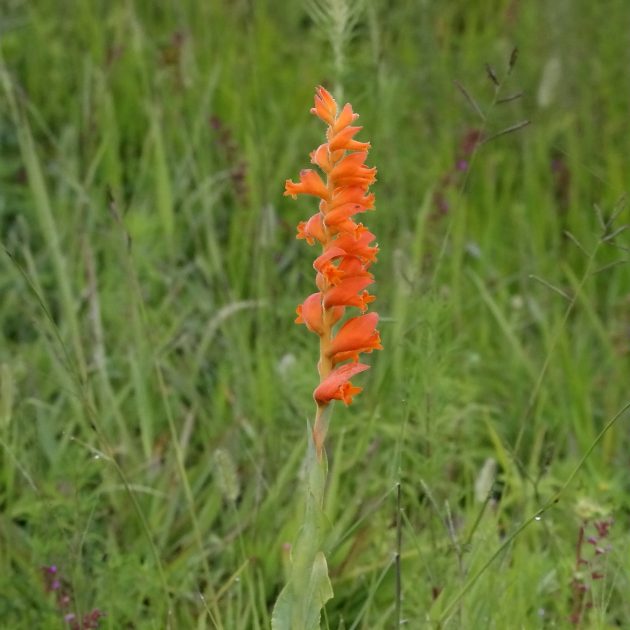
So thank you, my bird friends, for giving me a reason to get out and see orchids as well. Even if this Yellow-eyed Junco didn’t look very happy about my visit.







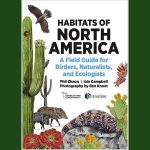




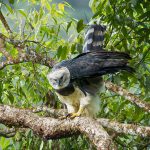
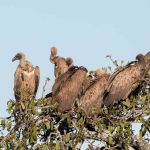
Whenever I come across orchids I tend to point them out, while remaining vague about the actual species (Paul is one up on me here). Ooh’s and ah’s are my reward because people don’t expect orchids in Europe. However, I have yet to see a bird that likes to hang around orchids and since orchids make up a substantial part of flowering plants I firmly believe they are pretty, but useless.